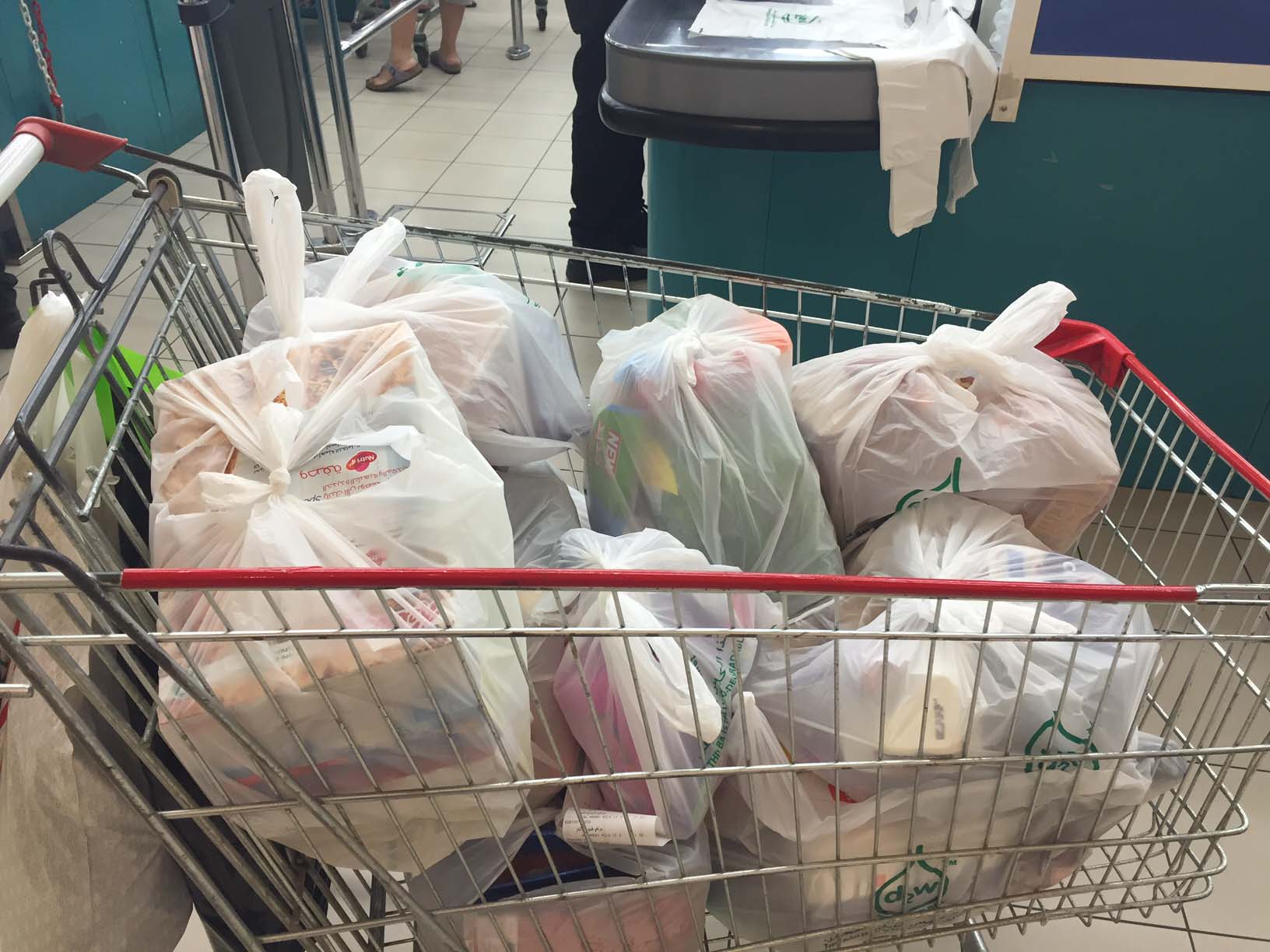
Consumers in Qatar got a break on their grocery bills last month, but continued to shell out more on residential rent, according to newly released government data.
The latest consumer price index report showed that year-over-year inflation rate accelerated to 2.7 percent in December, up from 1.9 percent in November.
Meanwhile, overall consumer prices dipped 0.1 percent in December from the month before.
Even though the cost of many locally provided goods and services – such as housing, recreation and transportation – increased, the inflation rate was pulled down by a decline in the cost of imported items including food, clothing and furniture.
One reason imported products became cheaper is likely due to the appreciation of the US dollar.

In Qatar, the value of the riyal is pegged to the US dollar, the value of which has increased some 10 percent against a basket of other global currencies over the past year.
This generally makes imports from many other countries cheaper for businesses and consumers in Qatar. That’s because foreign exporters typically want to be paid in their own currency, which means fewer riyals are needed to purchase imported goods.
“The strong US dollar is … keeping down prices for final and intermediate products and lowering inflation in Qatar,” a report by Qatar National Bank stated earlier this year.
A higher US dollar – and Qatari riyal – also means that remittances are typically worth more when they’re converted to an expat’s home currency.
Rent
Though the prices of some imports have dropped, residential rent continues to increase in Qatar.
The year-over-year increase in the cost of accommodation – which lumps rental rates together with the price of electricity, water and gas – increased 3.4 percent in December, the highest rate since March 2015.
The sudden increase in electricity rates last fall may have accounted for some of that increase, but rent typically eats up a third of the average household’s annual income.

Some high-end neighborhoods in Qatar have reported increasing vacancy rates in recent months, but there is still heavy demand for homes in mid-range, centrally located neighborhoods such as Al Sadd, Bin Mahmoud and Al Waab, which pushes up rental rates, real estate services firm DTZ Qatar said late last year.
Looking ahead, economists expect the cost of living to continue accelerating in Qatar.
The average prediction in a government poll of 17 financial institutions, contained in last month’s economic outlook report, was that Qatar’s inflation rate would climb to 2.8 percent in 2016 and accelerate further to 3.1 percent next year.
Thoughts?







